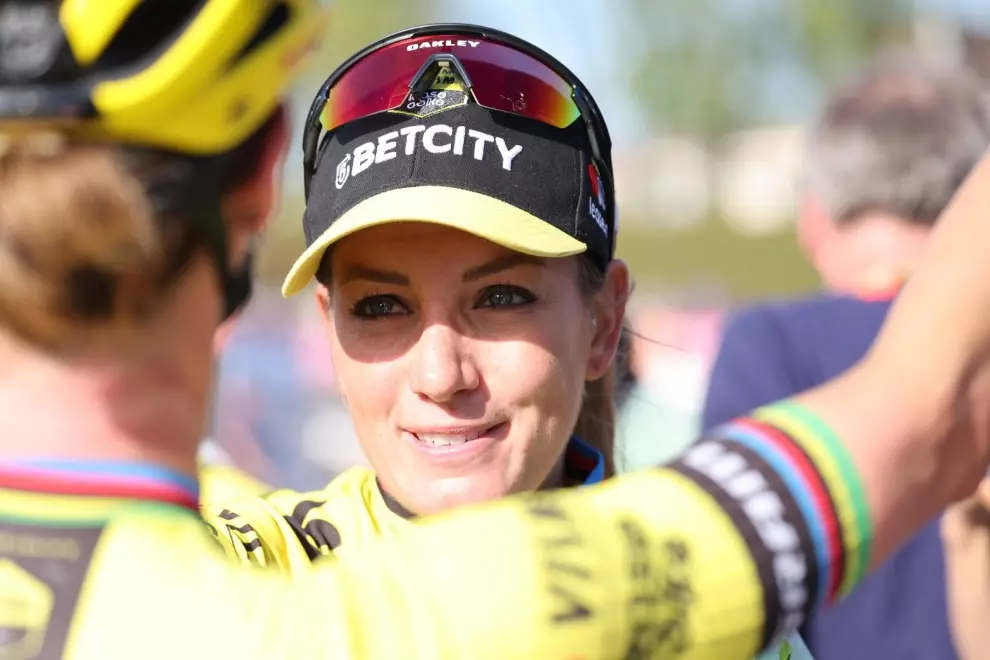Start with your budget
Most first-time buyers don’t really know what’s a reasonable price for a new bike. But almost all of them are wondering how little they can spend to get a good enough bike. So, let’s start there. You could get a basic bicycle for as little as 200 euros but riding it won’t be much fun. It would be heavy, slow, and almost unusable for climbing any hill. Thankfully, you only have to spend about 500 euros to get a capable entry-level road bike that will be fun to ride for many years as you develop as a cyclist.
And if you’re able to stretch your budget to around 1,000 euros, you can get an amazing road bike that would satisfy even advanced cyclists. We will offer two specific examples for each of these price points at the end of the article.
The bike has to fit
Having a well-fitting bike is one of the big reasons to buy a new bike. Sure, that old bike you found in the basement is free but if you’re too stretched out to reach the handlebars, it won’t be long until cycling gets painful and annoying. This is why it’s essential to always get on the bike you are considering buying to really understand how it fits you. The manufacturer has recommended sizes based on height but people have different arm lengths, leg lengths, etc.
The second decision you have to make is which local bike store to shop at. It’s best to ask a cycling friend for a tip or read some reviews. Ideally, you want a reliable bike shop that will be there to service your bicycle in the future. We can also recommend Decathlon as it offers really good value for money with brands like Van Rysel and is available in many cities across Europe.
Component choices made easy
There is the bike frame, brakes, shifters, gears, chainring, cassette, derailleur, handlebars – is your head spinning yet? Here is your crash course in bicycle components. You will see that there is actually very little you need to understand at this point as most of the decisions have been made by the manufacturer already for you.
Bike frame
This is the big thing every seasoned cyclist is excited about. While it’s really important, you won’t be making decisions here. Bikes in the 500 – 1,000 EUR price range are typically made from aluminium alloy, which is a great and reliable material. And the geometry of the frame will be something standard, time-tested that trickled down from the expensive models over decades. You can worry about carbon fibre later on in your cycling career when your budget is larger and you have more experience.
Group set
This name is used for all the components required for your shifting and braking. When you hear Shimano Ultegra, Sram Force or Campagnolo Record, those are the names of popular road bike group sets. This is where it gets a bit more interesting because you actually can make a few important decisions here.
Brakes – There are two types: rim and disc brakes. The rim brakes are lighter, cheaper, and easier to maintain but a bit less reliable in heavy rain and mud. They are absolutely a good choice for your first road bike. The disc brakes are reliable in all weather conditions, and easier to operate but cost and weigh more. If you’re going to invest in disc brakes, make sure they are hydraulic, not mechanical.
Shifting – You should know how many speeds your new bike has and what’s the ratio of the gears used. The main goal as a beginner is to have gears that will make hill climbing manageable. For that, you need big gears in the back and smaller ones in the front. Size is measured in the number of teeth each gear has. To be specific, your cassette should have an 11-32 ratio or even an 11-34 ratio. If you see 11-28 or fewer, be warned that climbs will feel hard and some steeper ones may force you to get off the bike. When it comes to your chainring, most entry-level bikes will come with a compact gear size of 50-34 which is good for beginners.
Wheels and other stuff
You’re going to get entry-level wheels and those are completely fine. That’s because wheels are the easiest and most impactful component to upgrade down the line as you get more into cycling. Components like handlebars, stems, seat posts, saddles, chains or tyres are also something you don’t need to worry about. As long as you buy from a reputable manufacturer, you will get reliable parts appropriate to the price point.
That’s enough theory. Stay tuned for the next article where we will go over our top picks for the best first road bike, a possible upgrade, accessories, and some city bike tips too.




